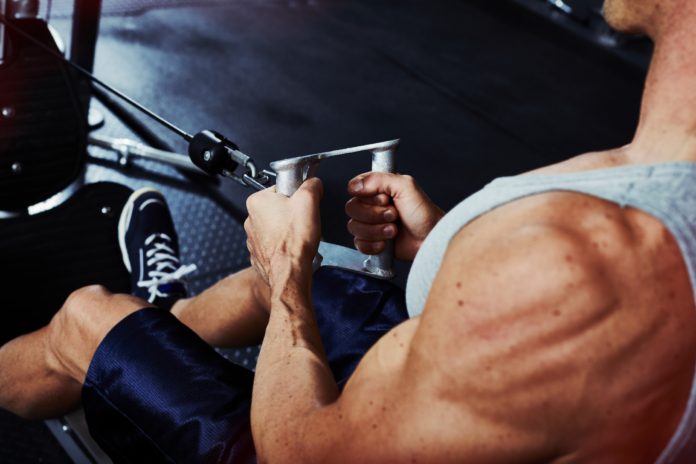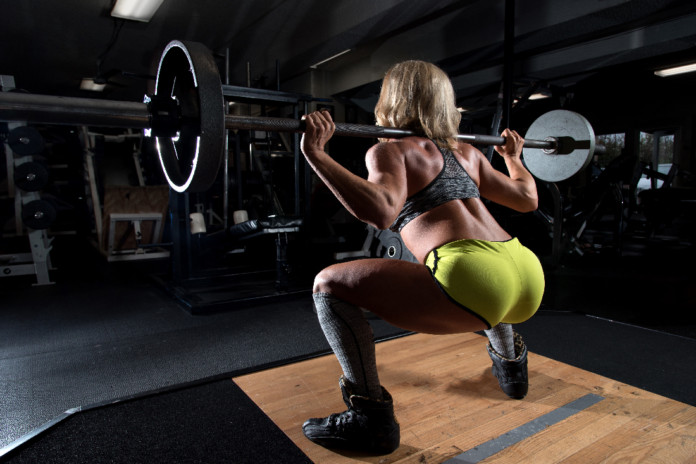If you go into any gym or college training facility, you will see athletes pushing themselves to the limit. In order for an athlete to achieve greatness, he or she must push themselves to the limit, but there is a time when an athlete must pull back to avoid overtraining.
The body much like a race car, the body needs regular maintenance, if you hit the nitro button on the car too much, your going to burn out the engine. One of the easiest way of hitting the nitro button too much is by training to complete muscular failure each set. Training to muscular failure has been proposed to lead to greater gains in muscular strength and size because of greater neural drive when training at a closer proximity to muscular failure, implying that more motor units may be recruited.Advertisement
While failure can be a valuable tool in a bodybuilder’s training routine, there is some evidence to indicate that it comes with a significant cost.
Previous research has found that training to failure every set significantly increased resting levels of the catabolic hormone cortisol and suppressed anabolic growth factors such as IGF-1. This study demonstrated that taking every set to failure could lead to overtraining and a catabolic response. This study may indicate that bodybuilders who take every set to absolute failure may put themselves at risk of impeding long-term growth.
In one 12–week study, the researchers found no difference in the routines that were taken to failure and those that were not. This study only lasted 12 weeks, so long term effects of taking every set to absolute muscular failure is not known. Training to failure too frequently can a possible lead to overtraining, as previously reported with the study that training to failure resulted in greater increases in cortisol and decreased IGF-1 levels. A new study published in the International Journal of Sports Medicine reports that training to failure each set needs longer recuperation than those not training to failure.
This study analyzed the time course of recovery following two resistance exercise protocols differing in level of effort: maximum (to failure) vs. half-maximum number of repetitions per set.
Researchers had a group of volunteers perform 3 sets of bench presses and squats.
Nine males performed either:
3 sets of 8 reps (80% 1RM) to failure
3 sets of 4 reps (80% 1RM) not to failure.
Training to failure resulted in greater neuromuscular fatigue and longer muscle recuperation than the not training to failure group for 48 hours. This indicates it takes a longer time for full muscle recovery following intense resistance exercise that is taken to failure compared with a similar workout where sets are terminated before failure is reached. Future studies should be conducted to determine how fatigue extent influences MUs recruitment and RT-related muscle adaptations on strength trained and untrained individuals.
Some research question the scientific validity of training to failure each set. For example, using trained participants train to failure and the other group train just short of muscular failure. At the end of the study, both group increased muscular strength and muscle mass equally, with no differences between the groups. It seems that when volume is equated between groups, it does not matter whether a person trains to failure or not to failure.
Researchers wanted to test the validity of training to failure vs. not training to failure in a series of different training methods.
Researchers had one group perform:
5 sets of 5 reps (Not Training to Failure).
25 reps in as few sets as possible (Muscular Failure).
Under both workout conditions, they had 2 minutes rest between sets (2 seconds concentric, 1 sec isometric, 2 seconds eccentric). The training load and training volume were both the same. The The training protocol to failure required ~7 minutes and 6 seconds to complete, whereas the training protocol not to failure 5×5 protocol required 12 minutes and 10 seconds to complete.
The study suggests that, when training just short of muscular failure using a 5×5 approach, may attain similar strength increases when compared to training to complete muscular failure. When volume is matched, both protocols produced the exact same increases in strength but training to failure appears a more time-efficient protocol.
“Training to failure resulted in greater neuromuscular fatigue and longer muscle recuperation than the not training to failure group for 48 hours”
Is resistance training to muscular failure necessary? By Nóbrega and Libardi, in Frontiers in Physiology (2016)
Sampson, J.A, and H. Groeller. “Is repetition failure critical for the development of muscle hypertrophy and strength?” Scand J Med Sci Sports (2015): Ahead of print.
González-Badillo JJ, Rodríguez-Rosell D, Sánchez-Medina L, Ribas J,
López-López C, Mora-Custodio R, Yañez-García JM, Pareja-Blanco F. Short-term Recovery Following Resistance Exercise Leading or not to Failure. Int J Sports Med. 2015 Dec 14.


 HEALTH & WELLNESS6 years ago
HEALTH & WELLNESS6 years ago
 herbs2 years ago
herbs2 years ago
 HEALTH & WELLNESS6 years ago
HEALTH & WELLNESS6 years ago
 TRAINING & FITNESS6 years ago
TRAINING & FITNESS6 years ago
 Fitness7 years ago
Fitness7 years ago
 HEALTH & WELLNESS6 years ago
HEALTH & WELLNESS6 years ago
 DIET & NUTRITION6 years ago
DIET & NUTRITION6 years ago
 TRAINING & FITNESS6 years ago
TRAINING & FITNESS6 years ago







